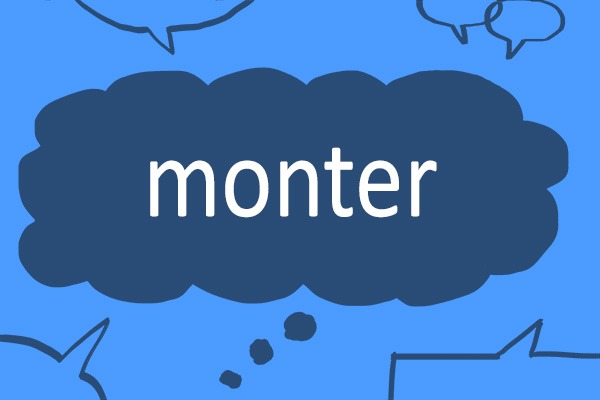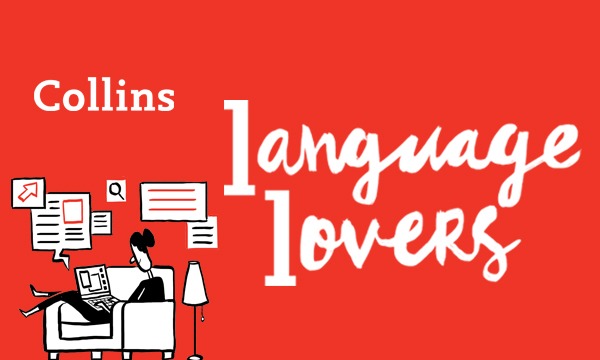Arguably one of the most epic high-fantasy novels ever written, The Lord of the Rings trilogy introduced fans to Middle-earth, a fantastical place full of hobbits, dwarves and elves in an imaginary period of Earth’s past. J. R. R. Tolkien’s books have captured the imagination of readers for nearly 70 years.
But most magnificently, Tolkien also shaped the English language, through his work as an author and as an etymologist working on the Oxford English Dictionary. Famous words coined by Tolkien included hobbit, eucatastrophe, tween and mathom.
In this blog, we’ve focused our attention on essential Tolkien terminology you can find in the Lord of the Rings trilogy. Whether you’re a long-time fan or a first-time reader, this guide will walk you through some of the key vocabulary.
Quest
“The Quest stands upon the edge of a knife. Stray but a little, and it will fail, to the ruin of all.” – The Fellowship of the Ring
On the eve of Bilbo Baggins’ – star of The Hobbit – joint birthday party, celebrating his 111th birthday with his heir and cousin Frodo, a series of peculiar events involving a ring marks the beginning of an epic quest for Frodo Baggins and his Hobbit friends, Sam, Merry and Pippin. Defined as a long and difficult search for something, the word quest first appears in English in the 14th century and comes from Old French queste, which has its roots in the Latin quaerere, meaning ‘to seek’.
Hauberk
“Where is the horn that was blowing? Where is the helm and the hauberk, and the bright hair flowing?” – The Two Towers
While Tolkien’s Middle-earth is set in a mythical period of Earth’s past, it certainly borrows a lot of medieval vocabulary and military style. You may notice references to a hauberk, particularly in The Return of the King when Éowyn, Lady of Rohan, says to Merry, “No mail have we to fit you … nor any time for the forging of such a hauberk.” A hauberk is a long coat of mail designed to cover the neck and shoulders, and its etymology can be traced back to the Old English healsbeorg, from heals meaning neck and beorg, which can be defined as protection or shelter.
Hobbit
“In a hole in the ground there lived a hobbit.” – The Hobbit
Tolkien’s most famous linguistic invention, the word hobbit came to him in a flash of inspiration in the 1930s, when he scribbled the opening line of The Hobbit while grading papers. Almost 50 years later, hobbit entered the Collins English Dictionary as ‘one of an imaginary race of half-size people living in holes’. Tolkien etymologised it as a modern form of the old English ‘holbytla’ or hole-builder.
Troll
“But Orcs and Trolls spoke as they would, without love of words or things.” – The Fellowship of the Ring
Middle-earth is filled with all manner of creatures, great and small. Orcs, wargs, easterlings, goblins and trolls. In modern usage, a troll is somebody who spends time online trying to upset people or start arguments. In Tolkien’s imagination and Scandinavian mythology, a troll is a monstrous humanoid style creature with limited intelligence but great strength.
Fealty
“Fealty with love, valour with honour, disloyalty with vengeance.” – The Return of the King
In feudal society, fealty is the loyalty sworn to a lord by his vassal. Often used in a military sense, medieval fealty tended to involve a person swearing loyalty and receiving protection and land to live on in return. In Middle-earth, fealty is less tied to physical goods and protection, and more as an oath of loyalty to care for each other. For example, in the opening chapter of The Return of the King, Pippin swears fealty to Denethor to honour the sacrifice of Denethor’s son earlier in the series.
Elf
“Go not to the Elves for counsel, for they will say both no and yes.” – The Fellowship of the Ring
Known for their ethereal beauty and sage, if perhaps ambiguous, wisdom, elves are central characters in Tolkien’s work. One of the most well-known is Legolas, a member of the Fellowship who travels with Frodo to destroy the One Ring. Elves are a popular character in fairy stories and folklore as well, often portrayed as small magical beings who are mischievous or whimsical.
Dragon
“It does not do to leave a live dragon out of your calculations, if you live near him.” – The Hobbit
Is it really epic fantasy without a truly epic dragon? In legend, dragons are similar to large lizards with wings and claws that can breathe fire. They appear in many variations across popular culture, including in Game of Thrones, Harry Potter, and The Witcher. In Tolkien’s legendarium, the most famous is Smaug, the last great dragon of Middle-earth who hoards the wealth amassed by the dwarves in the Lonely Mountain.
Wizard
“A wizard is never late, nor is he early.” – The Fellowship of the Ring
It is impossible to write about the Lord of the Rings trilogy without mentioning Gandalf. A much-loved character full of witty one-liners, Gandalf is a major protagonist in both The Hobbit and the trilogy, as well as the leader of the Fellowship of the Ring. As a wizard, Gandalf has extraordinary magical power and is capable of providing profound wisdom and prophetic insight to Bilbo, Frodo, and other characters in the series.
If you liked this blog, might we recommend you read 80 years of The Hobbit: The unique language of J.R.R. Tolkien?
By Rachel Quin
Rachel Quin is a freelance marketer and copywriter with a love of language, books and cats.
All opinions expressed on this blog are those of the individual writers, and do not necessarily reflect the opinions or policies of Collins, or its parent company, HarperCollins.



